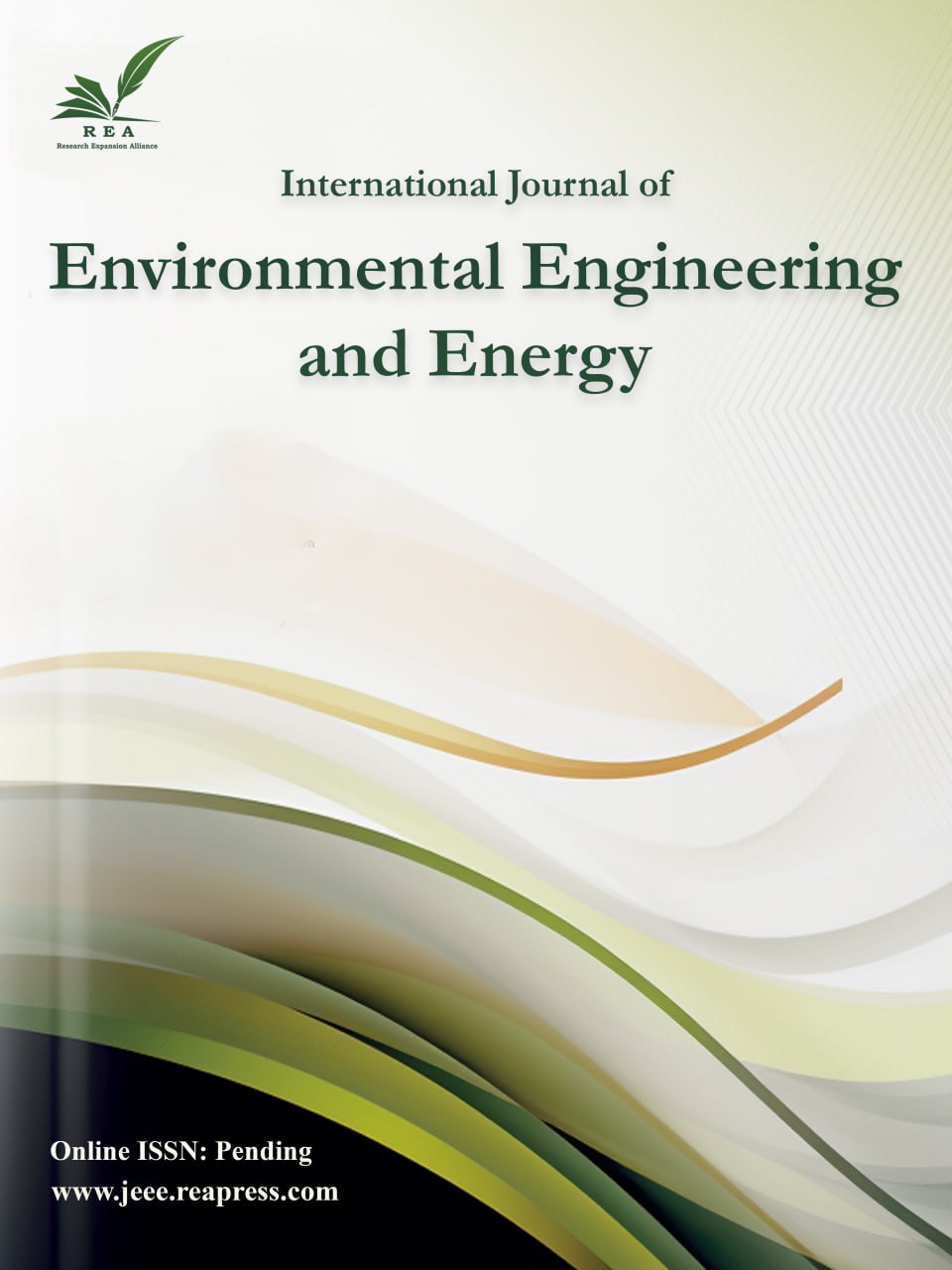Temperature Effects on the Corrosion Inhibition of Mild Steel in Crude Oil Medium by the Seed Extract of Persea Americana (Avocado Tree)
Abstract
Weight-loss method was used in assessing the response to corrosion of samples of mild steel inserted in various concentrations (400, 600, 800 and 1000 ppm) of avocado seed extract in crude oil medium under various high temperature of 303, 313, 323, and 333 kelvin. The results show a negative correlation between temperature and corrosion inhibitor efficiency, with increased temperature leading to reduced corrosion effectiveness across all concentrations. Conversely, a positive correlation is observed between concentration and corrosion effectiveness, with higher concentrations resulting in enhanced corrosion protection. The findings suggest that elevated temperatures reduce the effectiveness of the avocado seed oil extract due to reduced solubility, reduced inhibitor adsorption rate on metal surface and potential degradation. The study highlights the importance of considering temperature and concentration factors when evaluating natural products as corrosion inhibitors in industrial applications, and suggests that avocado seed extract is an effective biodegradable corrosion inhibitor at high temperature.
Keywords:
Corrosion, Weight-loss method, Inhibition, AdsorptionReferences
- [1] [1] Wang, X., Stewart, M. G., & Nguyen, M. (2012). Impact of climate change on corrosion and damage to concrete infrastructure in Australia. Climatic change, 110(3–4), 941–957. DOI:10.1007/s10584-011-0124-7
- [2] [2] Hirscher, M. (2009). Encyclopedia of electrochemical power sources. Newnes.
- [3] [3] Sykes, J. M. (1992). ‘Electrochemical and optical techniques for the study and monitoring of metallic corrosion. Springer Science & Business Media.
- [4] [4] Fontana, M. . (1986). Corrosion engineering. McGraw-Hill.
- [5] [5] Winston, R. (2000). Uhlig’s corrosion handbook. Emerald Group Publishing Limited.
- [6] [6] García, S. J., Muster, T. H., Özkanat, Ö., Sherman, N., Hughes, A. E., Terryn, H., … Mol, J. M. C. (2010). The influence of pH on corrosion inhibitor selection for 2024-T3 aluminium alloy assessed by high-throughput multielectrode and potentiodynamic testing. Electrochimica acta, 55(7), 2457–2465. DOI:10.1016/j.electacta.2009.12.013
- [7] [7] Gentil, V. (1996). Corrosao Paperback. LTC - GRUPO GEN
- [8] [8] Srivastava, K., & Srivastava, P. (1981). Studies-on plant materials as corrosion inhibitors. British corrosion journal, 16(4), 221–223. DOI:10.1179/000705981798274788
- [9] [9] Chawla, S. L. (1993). Materials selection for corrosion control. ASM International.
- [10] [10] Totten, G. E., Wills, D. K., & Feldmann, D. G. (2001). Hydraulic failure analysis: fluids, components, and system Effects. ASTM International.
- [11] [11] Klyatis, L. M. (2011). Accelerated Reliability and Durability Testing Technology. John Wiley & Sons.
- [12] [12] Murty, K. (2010). All-in-one manual of industrial piping practice and maintenance. Industrial Press.


